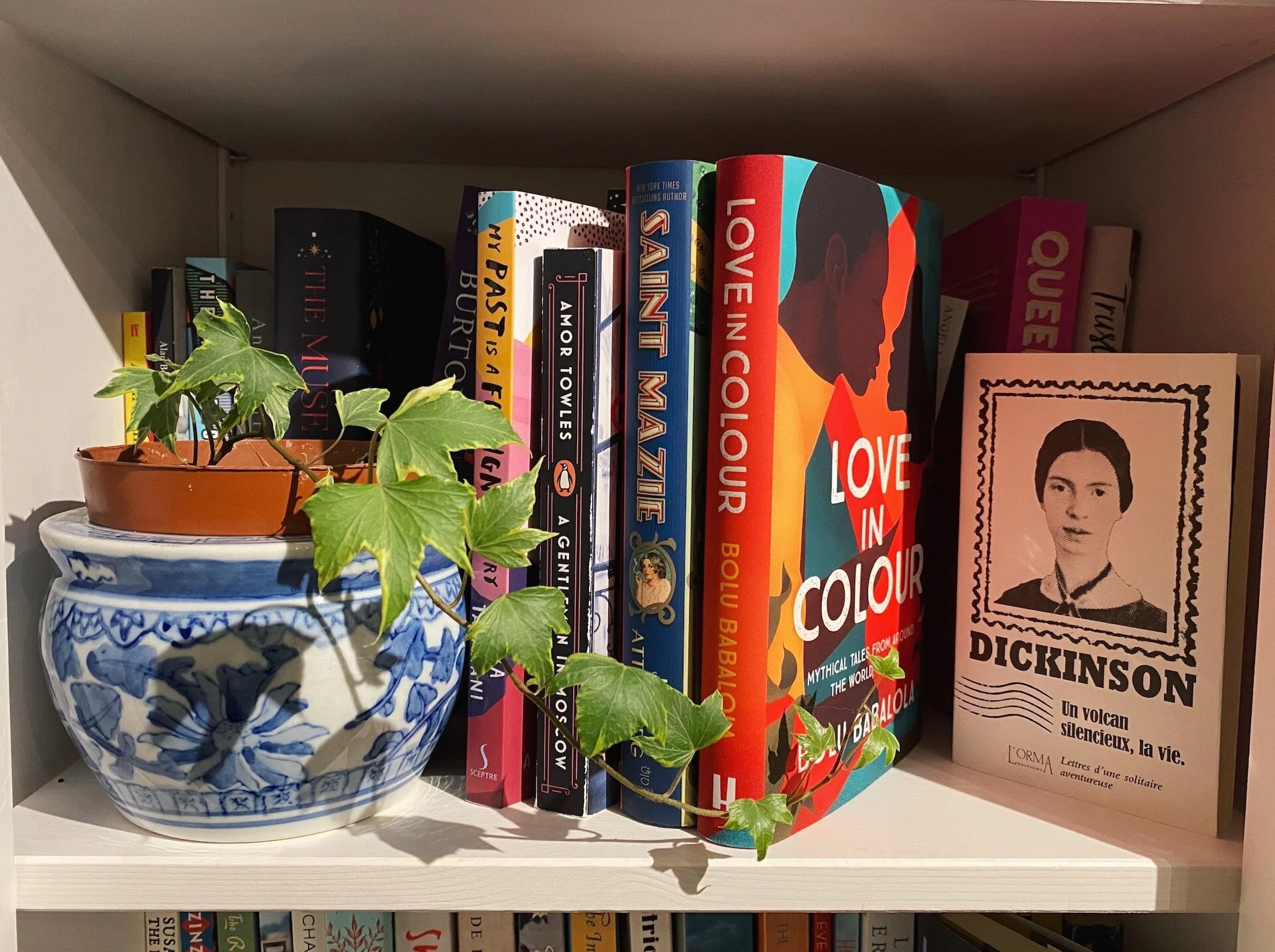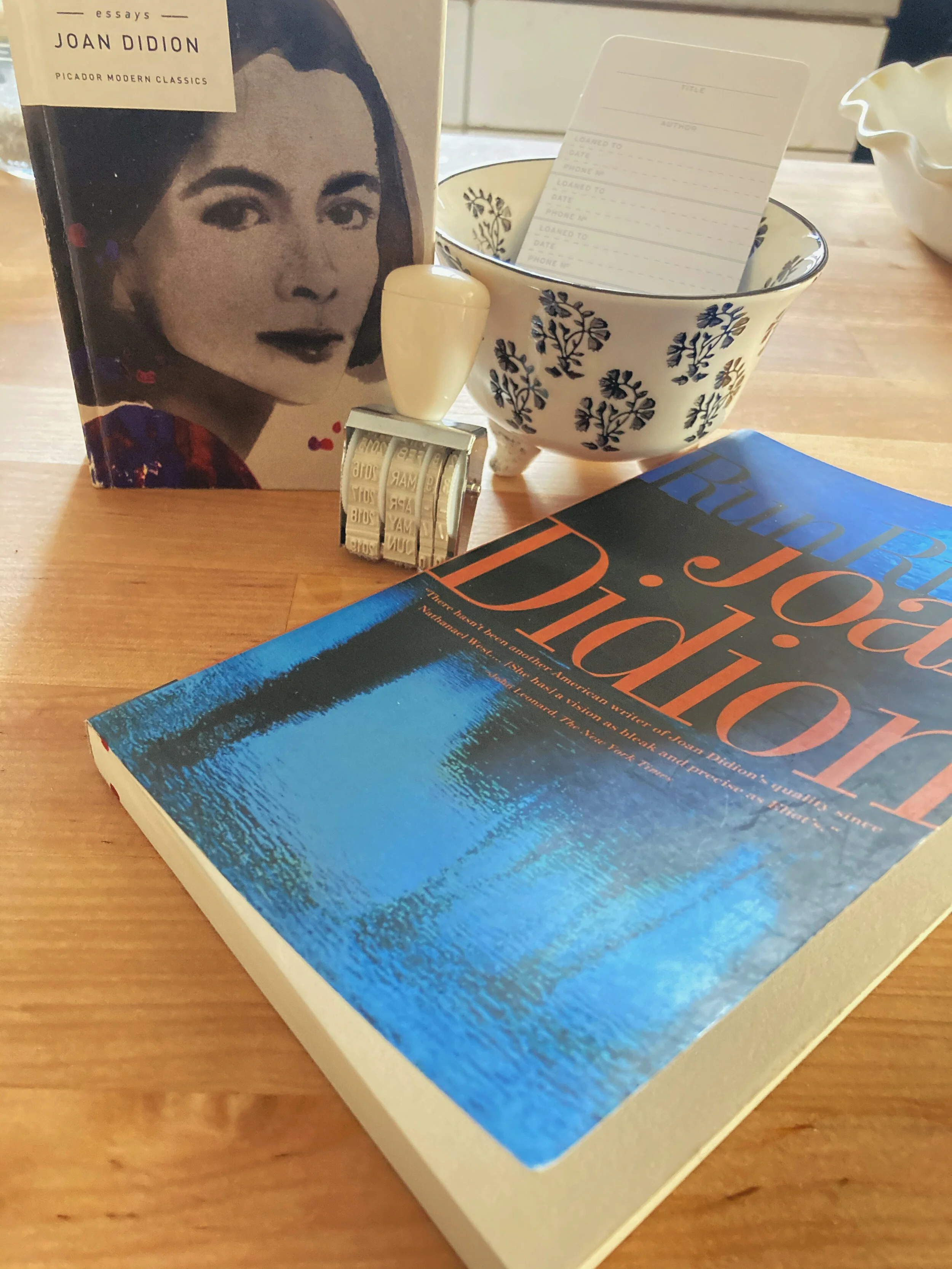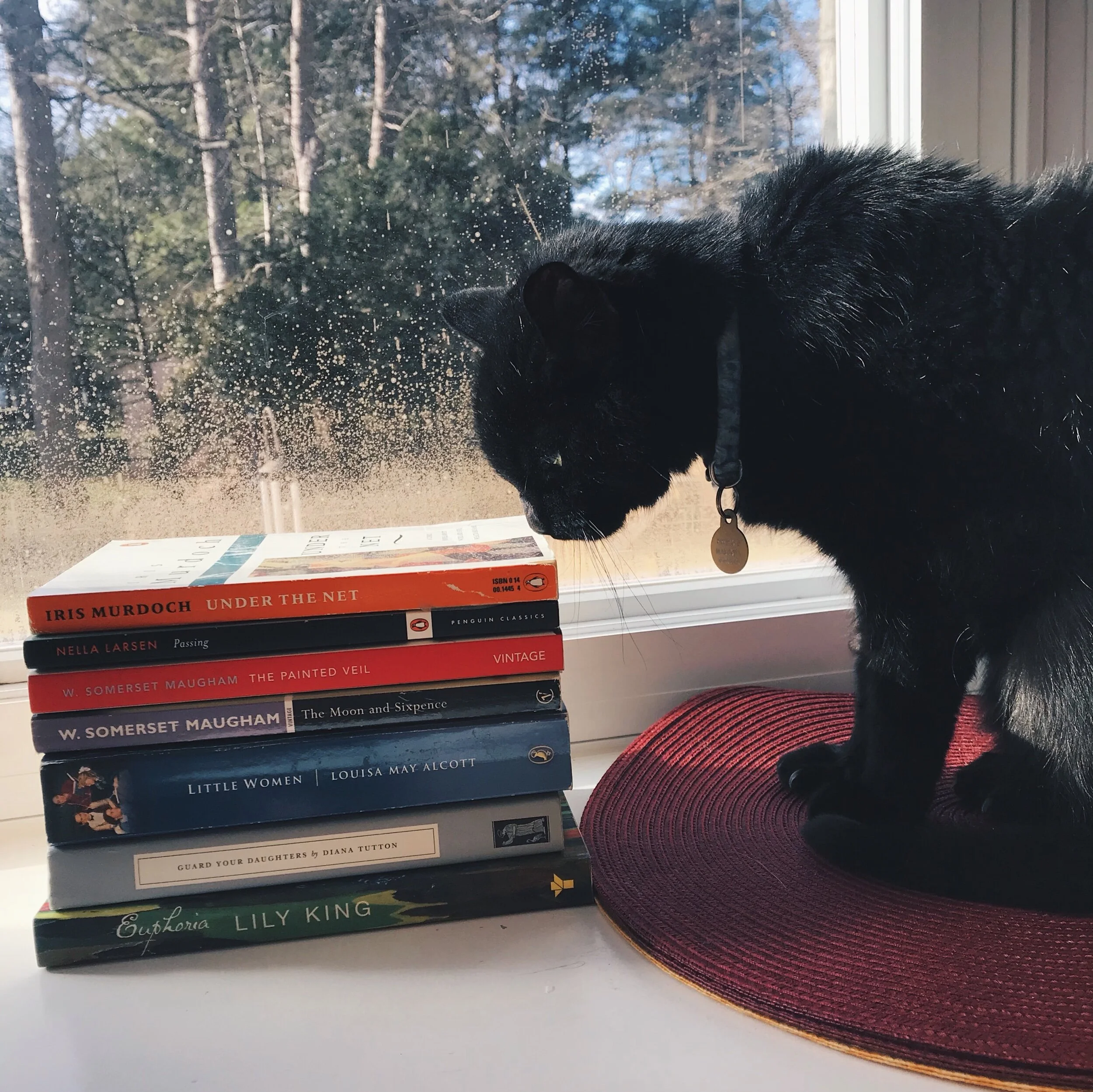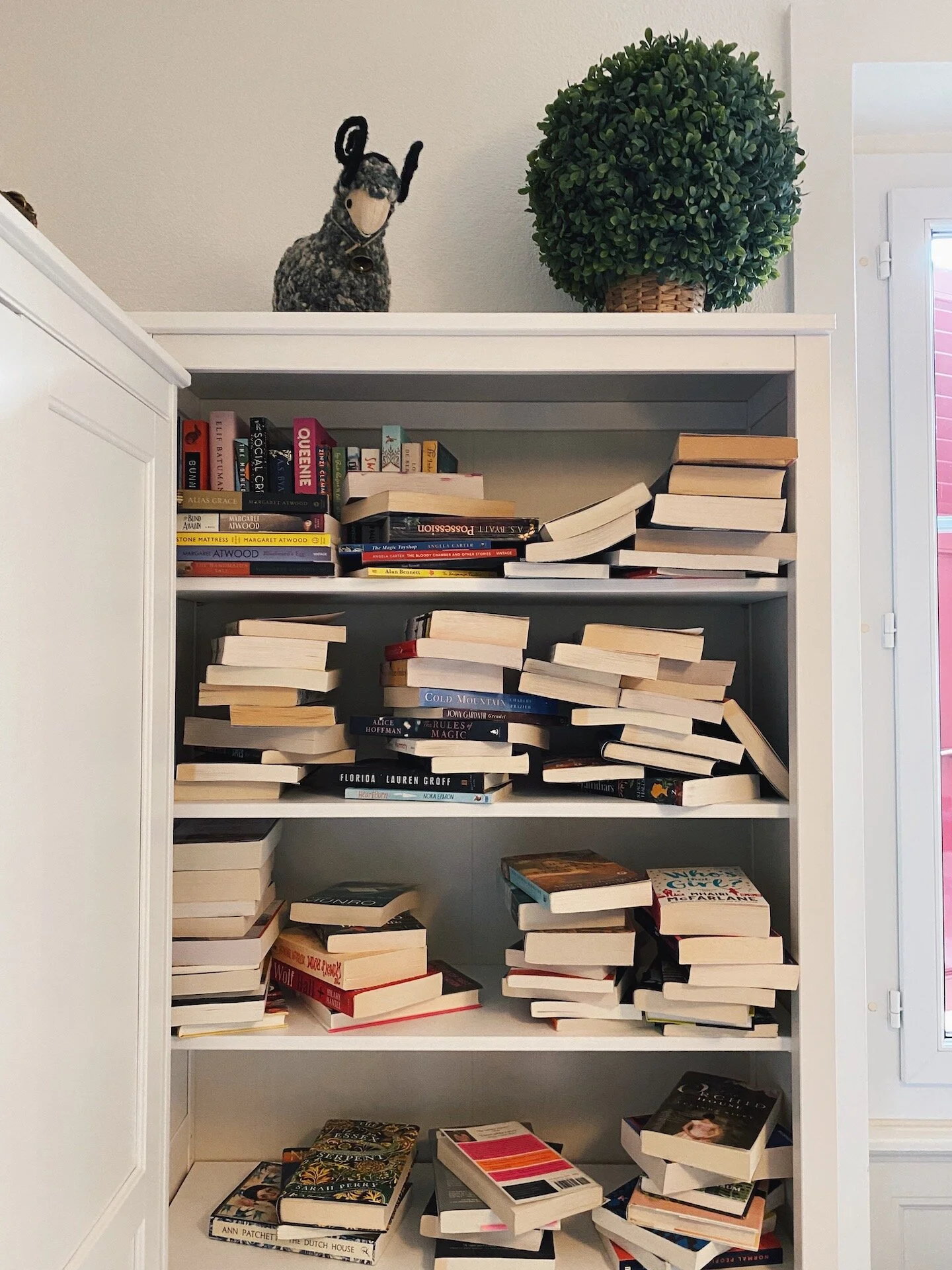Rediscovering the Light in Children's Literature as an Adult
Mary Cassatt, “The Garden Reading” (1898).
When I was younger, I was often compelled to read novels that were intended for those in a much higher age bracket than myself. I can recall reading two different Sarah Dessen novels, That Summer and Someone Like You, when I was around nine or ten years old. Both novels deal with sexual and emotional themes, and both novels were intended for a more mature audience. I can still recall sitting in my fifth-grade math room with a few classmates, many of whom were discussing what books they were reading at the time. There was mention of Nancy Drew and Judy Blume and Beverly Cleary, and positively no mention of Sarah Dessen whatsoever until I brought her up in conversation. “I’m reading a book about a teenage girl who gets pregnant, but her boyfriend dies, so she’s trying to cope with being pregnant and losing her partner at the same time.” Everyone stared at me, mouths slightly agape, before returning to their conversation as if I hadn’t even spoken.
“The book that I can recall reading by myself in third grade was a short novel about a young boy who is run over while riding his bike, and the boy ends up dying because he forgot to wear his helmet and suffered terrible injuries. ”
This trend continued as I aged, and I found myself picking up Stephen King novels when I was eleven, twelve, thirteen. I started with his notable Dark Tower Series but branched into his horror stories shortly thereafter. The novels were steeped in foul language, promiscuous encounters, and death. I was terrified by these novels and yet I could not put them down. I wasn’t even remotely compelled by the notion of reading Judy Blume or Jerry Spinelli, because what message could I possibly find in a book that was written for adolescents? Upon retrospection I’ve realized that I’ve always been a twenty-something in my heart, even when I was only a child. The themes proposed by children’s literature were, in my opinion then, for children, and since I was not a child to myself then I did not need to read these stories.
First edition cover of Ramona the Pest (1968)
The only time I briefly brushed up against the intrigue of children’s literature was during the third grade, when my beloved teacher Mrs. Welch read the Ramona Quimby series aloud to the class each week. I loved the books mainly because I loved Mrs. Welch, and I enjoyed the days where we would settle into our desks and she would pass around homemade blondies, and we would all sit there transfixed while she read, and we ate. I did not pick up these books on my own outside of the classroom. The book that I can recall reading by myself in third grade was a short novel about a young boy who is run over while riding his bike, and the boy ends up dying because he forgot to wear his helmet and suffered terrible injuries. Again, I described the premise of the book to a classmate, only for him to take the book from my hands and tell me that maybe I should pick up something a little lighter next time.
So, it was much to my surprise when, at twenty-six years old, I became enthralled by children’s literature. This occurred by pure happenstance one day when I was browsing through the Libby app (the app connects with your library card and allows you to borrow audiobooks and e-books from an electronic network for two-week periods). I had been in the middle of A Little Life, a devastatingly beautiful novel that made me feel overwhelmed with painful emotion. Scenes describing abuse were too hard to read in one sitting, and I kept putting the novel down and seeking respite in other stories that dealt with easier topics. It was during this search for serenity that I remembered wanting to read Dear Mr. Henshaw by Beverly Cleary after the book was mentioned in my favorite movie, “Stuck In Love” as it was a shared favorite of Logan Lerman and Lily Collins’ characters. Without thinking much of it, I borrowed Dear Mr. Henshaw from Libby and began reading straight away. I consumed all 164 pages in less than an hour.
“And then, something remarkable happened. My feelings of tension and sadness were lifted, and I was able to sleep that night without disruption. ”
And then, something remarkable happened. My feelings of tension and sadness were lifted, and I was able to sleep that night without disruption. Previously, when I read emotionally challenging novels before bed, I would frequently be woken by nightmares. My subconscious was ingesting the more difficult scenes and replaying them to me as I slept, and I consequently started shelving the one bedtime routine I had enjoyed for years. This changed with the reintroduction of children’s literature. I realized that if I intermittently read beloved children’s novels between the heavy adult novels I favored, that I would not have to sacrifice my bedtime routine, nor would I have to stop reading the books that I had most wanted to read.
Since this rediscovery, I’ve found myself reading one children’s novel per every adult novel I read. I fell in love with Are You There God? It’s Me, Margaret by Judy Blume, I dove back into my passion for the Harry Potter series, and I learned valuable life lessons from Stargirl by Jerry Spinelli. This morning, I borrowed The Secret Garden by Frances Hodgson Burnett and found myself falling behind on my work schedule because I was so enthralled by the opening chapters. These stories, though designed and written for children, speak volumes to my adult soul. The messages in them transcend the barrier of age and have left me contemplative upon completion. I related to the main character in Dear Mr. Henshaw because my parents also divorced when I was young, and because I was prone to writing letters to people I admired without realizing how unlikely it was that they would write me back. I found a piece of myself in that story that I did not realize had been missing.
“[W]hile I was away in darkened corners, I was missing an abundance of light.”
Children’s literature has provided me with a peace of mind and a deeper love for reading. I’ve learned that I don’t have to read the most popular books or literary classics, to feel attached to the literary world. I have spent the past twenty odd years consumed by F. Scott Fitzgerald, William Golding, Mary and Percy Shelley, the Brontës, Stephen King, and Donna Tartt, and while I was away in darkened corners, I was missing an abundance of light. This is not to say that I regret spending so much time reading novels with difficult stories, or heavy themes, or emotional aftertastes, because I haven’t. But I’ve learned that sometimes it’s best to take a break from tough novels—and, on occasion, from tough days—by immersing myself in the pages of children’s stories. The language is easy to read and doesn’t often require direct concentration or heightened train of thought to follow. I can simply sink back against my pillow, open the book, and feel at ease again.
My To-Be-Read List has grown exponentially since making this discovery. I want to fit as many children’s novels as possible into my weekly reading schedule. I would like to read more by Judy Blume, Beverly Cleary, E.B. White, and Madeline L’Engle. Children’s literature has provided me with a moving life lesson that I may have missed otherwise had I not gone looking for a sense of safety among these limitless options.
Sam Cohen is a writer and editor based in New England. She lives with her wonderful partner Caleb, and enjoys learning new languages, drinking lattes, and spending time with her loved ones. Sam is an avid reader who practices yoga and tries to laugh as often as possible.












Reading Naoise Dolan’s Exciting Times and Katie Kitamura’s Intimacies, Rachel Tay explores the unease of moving away from one’s own country and language.